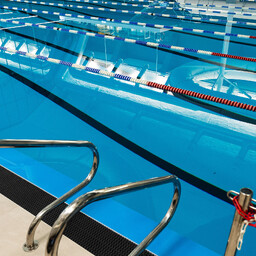Starting from January 1, 2026, all water centers and swimming pools must ensure water rescue capability. This also applies to school and kindergarten pools. This may bring additional costs to local governments.
The new regulation comes into force on September 1. It requires swimming pools and water centers to ensure the presence of a dive-capable water rescuer. The water rescuer does not need a professional certificate but must be able to dive to the deepest part of the pool and bring a person out from there.
Each swimming pool must decide for itself how to ensure water rescue capability. In deeper pools, additional equipment or special training may be required. For example, the pools at Tallinn's Kalev swimming pool are deeper than those at Pärnu Raba swimming pool. Therefore, the water rescue must also be different.
Water rescue increases visitor safety. It allows for quick assistance. In 2018, only 21.5% of swimming pools had a certified water rescuer. In 2023, there were 84 water accidents in Estonia.
A water rescuer helps reduce the risk of accidents. However, everyone must also be cautious themselves. The executive director of the Association of Estonian Cities and Municipalities supports the new requirement. He says that the duties of a water rescuer should be clearer. The responsibility of a water rescuer is great, so they must know their tasks well.
The new requirements also affect local governments. They must also take care of school and kindergarten pools. This may result in additional costs.
There are 205 institutions with swimming pools in Estonia. In total, there are 232 swimming pools and 489 pools. In 2023, a tragic drowning incident occurred in Pärnu. The court acquitted the company and its employee. The prosecutor and the victim contested the court's decision. The court case will now continue in Tallinn Circuit Court.

